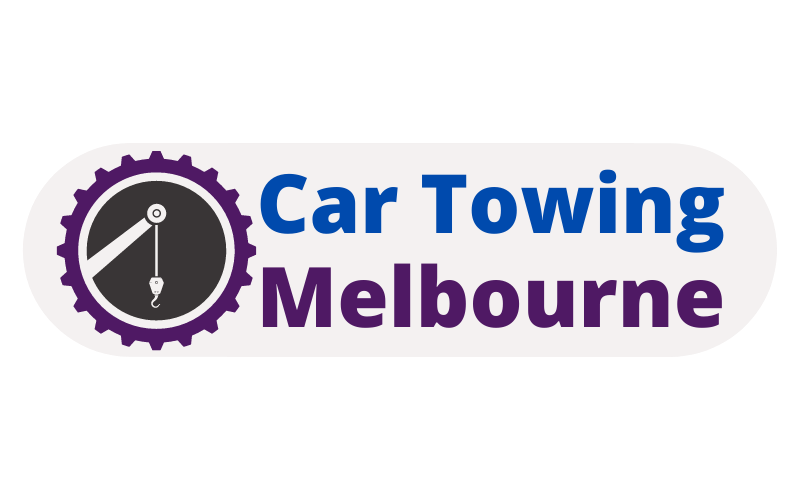Towing services are essential for moving vehicles that are disabled, illegally parked, or involved in accidents. But not all tow jobs are the same. The towing industry is divided into various categories, and two of the most common are light-duty and heavy-duty towing. Understanding the differences between these two types helps drivers, business owners, and towing professionals choose the right equipment and service for their needs.
What is Light-Duty Towing?
Light-duty towing refers to the transport of smaller, lighter vehicles. These include standard cars, motorcycles, small trailers, and light SUVs. This type of towing is the most commonly used and is often performed using wheel-lift or flatbed tow trucks. The equipment used is designed to handle weights typically up to 10,000 pounds.
The key benefit of light-duty towing is speed and convenience. Tow trucks for these jobs are more compact, allowing them to navigate narrow city streets and crowded areas with ease. Light-duty tow services are usually called upon for roadside breakdowns, dead batteries, tire changes, or vehicle recovery from minor collisions. Because the vehicles being towed are lighter, the process is generally quicker and requires less complex tools.
What is Heavy-Duty Towing?
Heavy-duty towing, on the other hand, involves moving much larger and heavier vehicles. These may include buses, semi-trucks, motorhomes, construction equipment, and other commercial vehicles. Towing these vehicles requires specialized trucks capable of handling more than 26,000 pounds or more, along with experienced operators trained in managing these massive loads.
Heavy-duty tow trucks are equipped with powerful winches, reinforced booms, and stabilizing gear. These machines are built for strength, stability, and safety, ensuring that large vehicles can be towed without causing damage or posing risks on the road. Because these tows are more complex, they often require extra time, coordination, and sometimes permits depending on the vehicle size and route.
Equipment and Capability Differences
The equipment used in light-duty and heavy-duty towing varies significantly in terms of strength, design, and cost. Light-duty tow trucks typically include flatbeds or hook-and-chain systems with lighter winches. These are ideal for everyday vehicles and offer a straightforward towing experience.
Heavy-duty tow trucks, however, resemble mobile cranes more than regular vehicles. They often have dual winches, multiple axles, and hydraulic systems for lifting and stabilizing large loads. Their frames are reinforced to withstand extreme forces. Because of this, heavy-duty towing equipment is more expensive and requires greater maintenance and expertise to operate safely.
Situations Where Each Is Used
The type of tow required depends on the vehicle in question and the nature of the situation. Light-duty towing is suitable for everyday driving incidents such as a sedan breaking down on the side of the road or a small SUV involved in a fender-bender. These scenarios are typically resolved quickly and don’t require specialized handling.
Heavy-duty towing comes into play when a commercial truck jackknifes on the highway, a fully-loaded dump truck breaks down at a construction site, or a bus needs to be moved after a mechanical failure. These scenarios are not only more serious in scale but also present safety concerns for the surrounding area. That’s why heavy-duty tow jobs are often managed in close cooperation with law enforcement or road safety agencies.
Choosing the Right Towing Service
Selecting between light-duty and heavy-duty towing depends entirely on the type and size of the vehicle involved. Misjudging this can lead to damage, delays, or even unsafe conditions. Professional towing companies assess each situation carefully to determine what type of tow is needed and dispatch the right equipment accordingly.
For vehicle owners, understanding these differences can help them better communicate with towing providers and avoid unnecessary complications. Business owners with fleets should also establish relationships with towing companies that offer heavy-duty services in case their commercial vehicles need assistance.
Conclusion
Light-duty and heavy-duty towing serve the same purpose — moving vehicles from one place to another — but the methods, equipment, and challenges involved are quite different. Light-duty towing handles the everyday breakdowns and accidents of smaller vehicles, while heavy-duty towing takes on the complex task of transporting massive commercial or industrial machines. Knowing the difference ensures safety, efficiency, and peace of mind when towing services are needed.
Car Towing Melbourne
142 Glenlyon Rd, Brunswick VIC 3056
(03) 7037 7625

